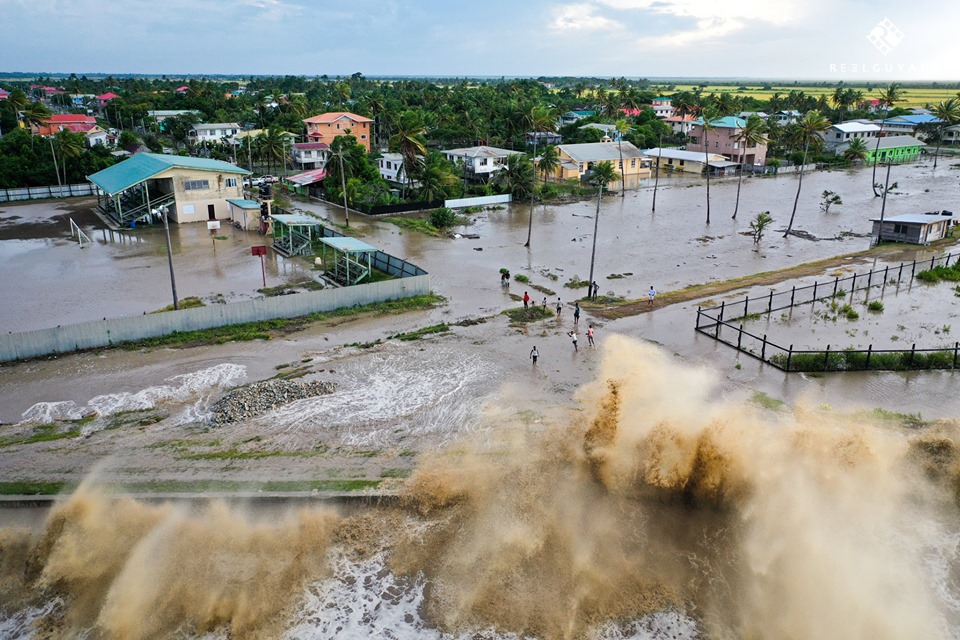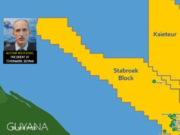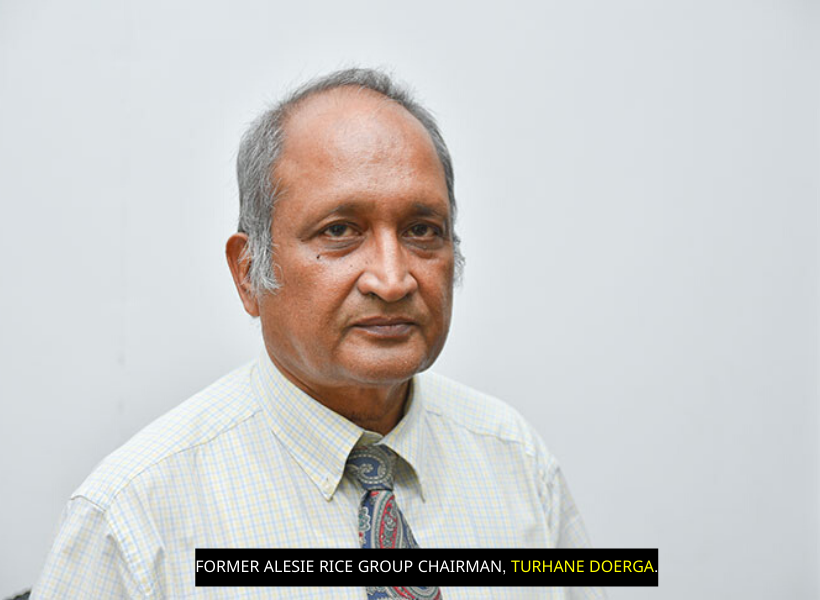Recultivating saltwater-logged lands will be a herculean task for Region Five (Mahaica/Berbice) farmers, says former Alesie Rice Group Chairman, Turhane Doerga.
He made this observation at a time when the region and several areas along the coast are experiencing unusual high tides, which have resulted in overtopping of sea defence structures. Video footage and pictures show several areas of the coast inundated, even as emergency works are being carried out to plug breaches created by the previous spring tide earlier this month.

During an interview with the Guyana Standard today, Doerga – who has over 25 years of experience in the local rice industry – noted that high soil salinity does not augur well for the varieties of rice cultivated along the coast. He added that while rice can be recultivated in these affected areas, farmers will run the risk of lower yields.
“Normally, if the rice land is flooded with saltwater, it will grow but the yield goes down dramatically. It takes a few crops to be revived, because of the salt. The varieties we plant here are not cultivated with saltwater. It’s seawater coming in. So it destroys the land,” Doerga said.
He advised that farmers can “flush” their lands with fresh water obtained from reserves or from precipitation. The addition of freshwater can adjust, or counterbalance the salinity in the soil, he explained.
A farmer, who requested anonymity, told the Guyana Standard that while the fields located on the northern side of the region were mostly affected, several acres on the southern end were also exposed to saltwater. However, those lands located further away from the seaside, have access to the freshwater from the backdams, to flush their land.
The new rice crop is expected to commence next month.











